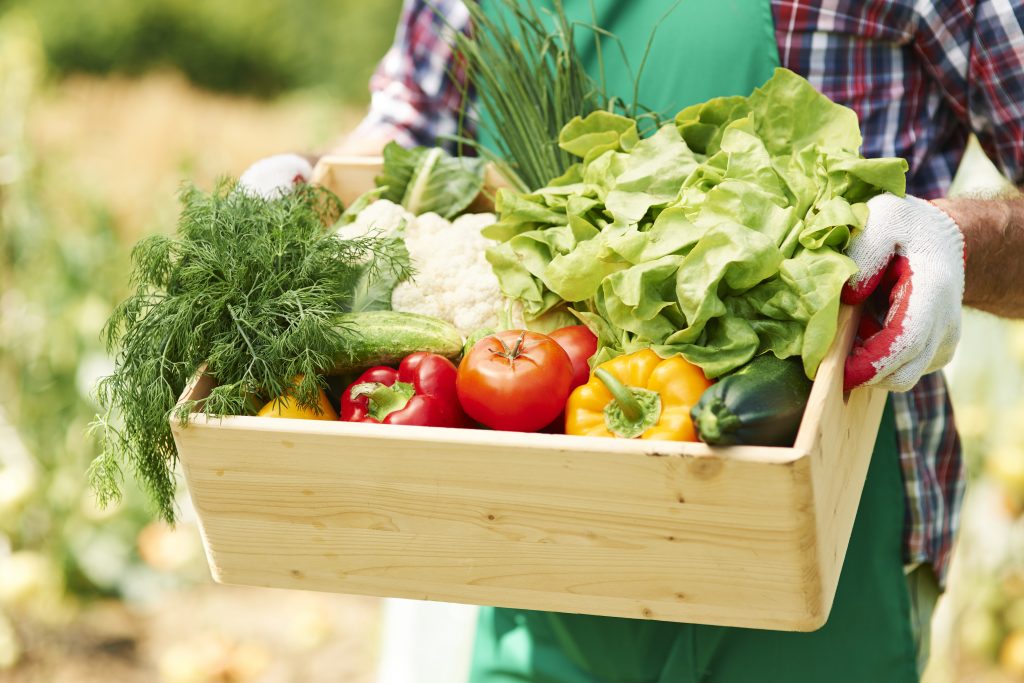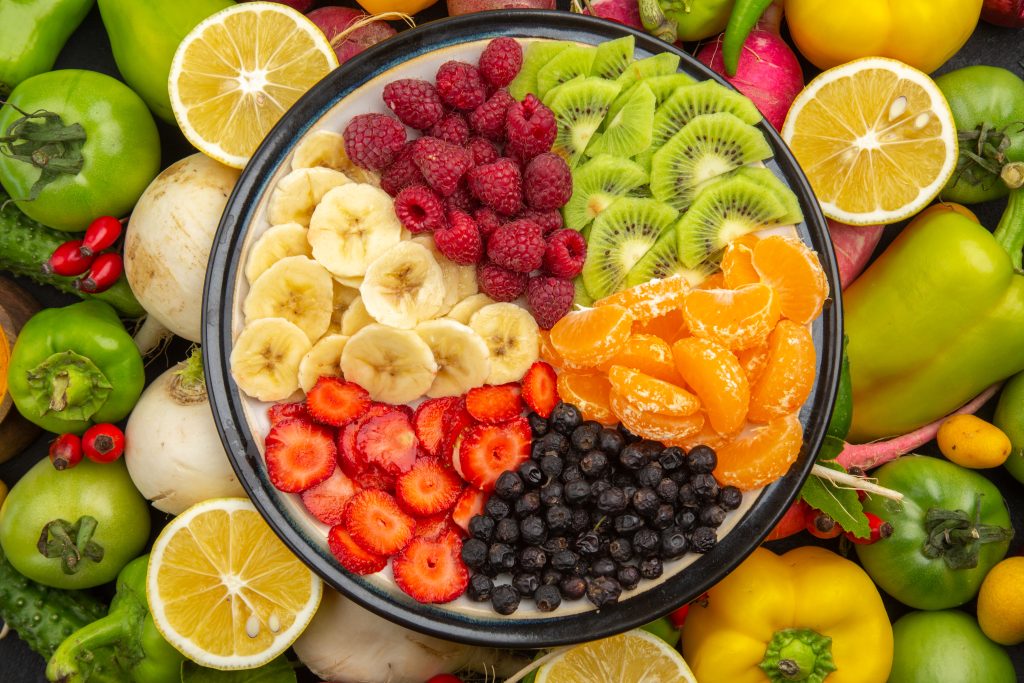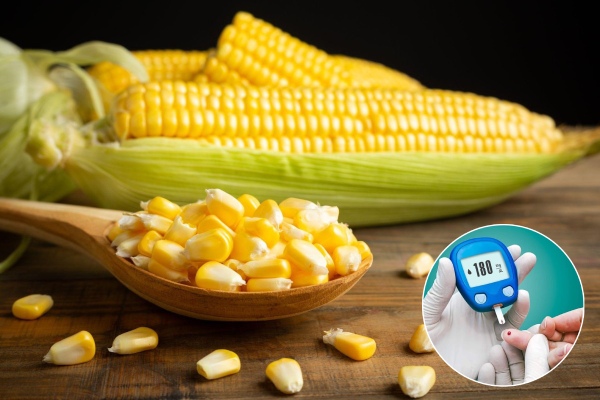Low Glycemic Index Foods for Diabetics
Nutrition is an important factor in controlling diabetes, alongside exercise and medication. People with diabetes should choose Low Glycemic Index Food.
Contents
Glycemic Index (GI) of Foods
The Glycemic Index (GI) measures the ability of a food to raise blood sugar levels after eating compared to a reference food (such as white bread). Only carbohydrate-containing foods have a Glycemic Index, while other food groups do not, but consuming these foods can still affect blood sugar levels. The GI ranges from 0 to 100. Low GI foods range from 0 to 55, medium GI foods range from 56 to 69, and high GI foods are from 70 and above.
Building a diet with Low Glycemic Index Food can help reduce the risk of complications related to type 2 diabetes, create a longer feeling of fullness, and maintain or reduce weight as desired.
Low Glycemic Index Foods for Diabetics

Low GI foods (0-55) include:
- Green vegetables, raw carrots
- Most fruits
- Chickpeas, kidney beans, lentils
- Whole grains
- Quinoa, oats
- Milk and yogurt
- Soy products
- Dark chocolate with over 70% cocoa
The GI of foods is further categorized into four different groups:
- Carbohydrates: The GI of mung beans is 30, rice noodles is 35, white sweet potatoes is 45, whole grains is 51.
- Dairy: The GI of various types of milk is 30, some types of milk may have a lower GI, yogurt is 35.
- Vegetables: The GI of vegetables, tomatoes, and eggplant is 10, while fresh carrots are 35.
- Fruits: The common GI of fructose in fruits is 20, specifically grapefruit is 22, peaches are 36, apples are 39, oranges are 43, sour grapes are 43, fresh pears are 53, and fresh mangoes are 55.

High GI Foods to Limit for Diabetics
High GI foods (70 and above) and medium GI foods (56-69) include:
- Bread: White bread (100), whole wheat bread (99)…
- Staple Foods: White rice (83), oats (85), tapioca flour (95), milled rice (72), baked potatoes (135), taro (58)…
- Ripe Fruits: Watermelon (72), oranges (66), mangoes (55)…
- Granulated Sugar (86)
- Processed Foods
- Sugary Drinks: Soda, soft drinks…
- Fast Food: Burgers, French fries, pizza
In general, Low Glycemic Index Foods do not significantly alter blood sugar levels, while high GI foods can cause spikes in blood sugar. Therefore, when selecting foods, you should choose low to medium GI foods or combine low GI foods with high GI foods to manage blood sugar levels. For example, high GI foods like bread and whole grains can be combined with low GI foods like vegetables.
Additionally, you can choose specialized nutritional products designed for people with diabetes, with carefully calculated and scientifically balanced ingredients. These products often contain advanced carbohydrate systems with a low glycemic index and are digested slowly, helping to manage blood sugar effectively. Moreover, specialized nutritional products for diabetics provide essential vitamins and minerals and contain heart-healthy fats.
See more:





